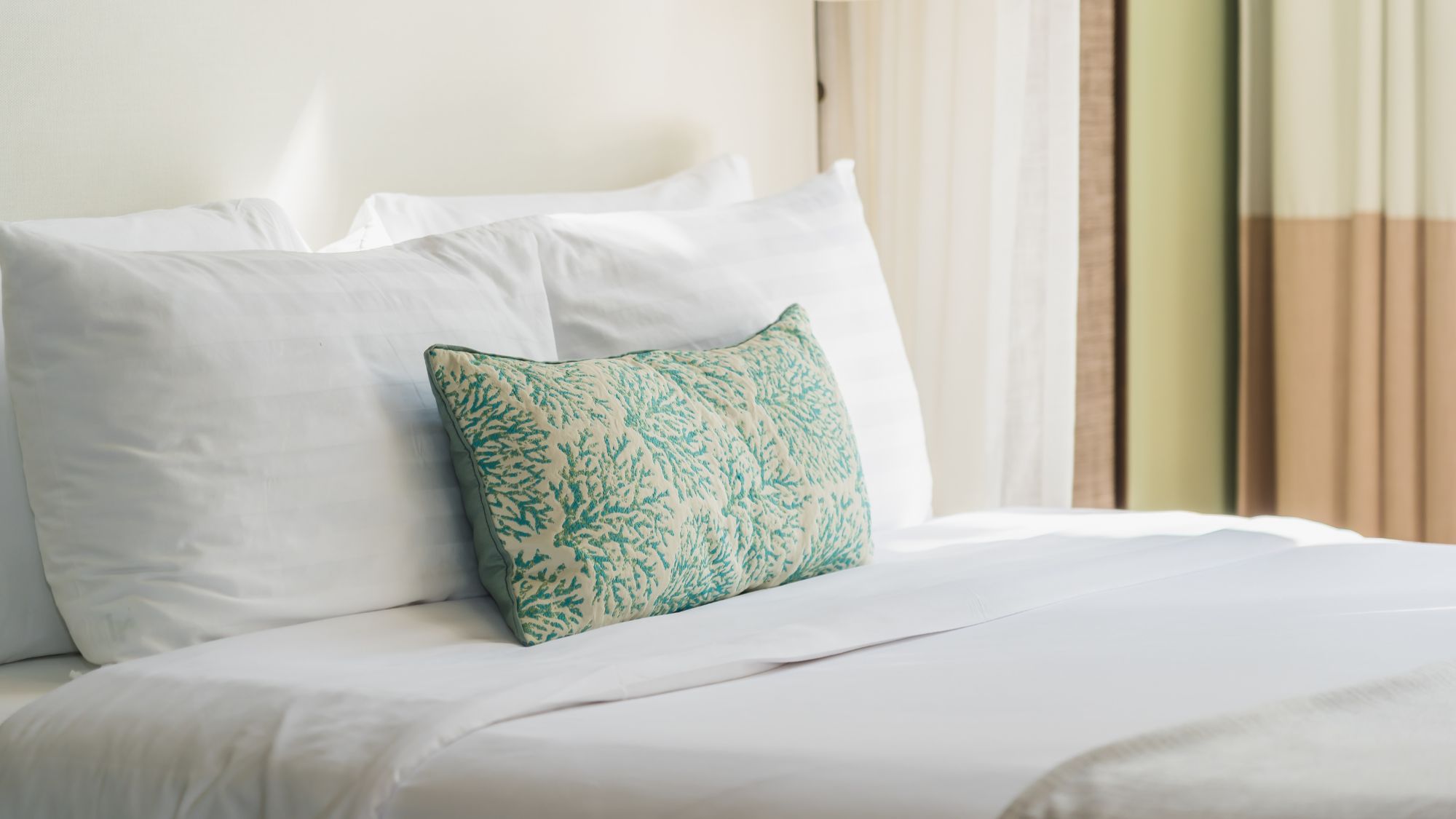
It’s time to reconsider your bedding as the summer months draw close to assure a comfortable and peaceful nighttime sleep. During the summer season, it is probably difficult to preserve heat and stay snug at night. There are a variety of factors to think about, from selecting the appropriate substances to comprehending the advantages of linens with an excessive thread count. We’ll go over the fundamentals of summer bedding in this extensive guide, such as how to choose the ideal duvet, the distinctions between percale and sateen, and the numerous advantages of high thread counts on bed linen. Together, we can turn your bed into a summer retreat. Consider bed sheets king size for your bed next time; it is most recommended by experts.
Determine How You Sleep In The Summer
Even if you may already have a favourite sleeping position, summertime is a completely other story. Finding out which of the four types of hot weather sleepers you are is the fundamental step to staying cool, in our humble view.
-
The sleep patterns of summer
-
One leg out
-
Remove the top sheet of the quilt.
-
Keep quilting no matter what
-
A birthday outfit
Choose Breathable Fabrics
Staying cool in hot weather requires selecting bed sheets made of breathable materials. Because they let air flow easily, fabrics like cotton, linen, and bamboo are great options for improving ventilation and circulation. By wicking away body sweat, these porous fabrics help you stay pleasant and dry throughout the night. Synthetic textiles that retain heat and moisture should be avoided since they might cause discomfort and disrupt sleep.
Embrace Cotton’s Power
Because of its remarkable capacity to absorb moisture and breathe, cotton is a popular choice for summertime bed linens. Bed linens should be composed of premium cotton, such as Pima or Egyptian cotton. The softness and excellent durability of these types are well-known.
Clean Frequently
Our bodies perspire more in the summer, which causes our bed linens to accumulate extra filth, oil, and germs. Regular sheet washing is essential to preserving hygiene and freshness. Try washing them at a minimum every week, or more regularly when you have allergic reactions or perspire heavily. A pleasant and nutritious napping environment is ensured with the aid of washing your mattress sheets in boiling water (between 130°F and 150°f), which effectively kills hypersensitivities and microorganisms.
Apply A Mild Detergent
Use a mild detergent made mainly for delicate materials while washing your mattress linens. Your sheets’ fibres may be harmed by harsh chemical substances and bleach, if you want to finally motivate the colours to fade. Instead, select a mild, environmentally friendly detergent without harsh components and odours. Your bedding will remain soft and cosy against your skin while being thoroughly cleaned by these mild detergents.
There Is No Doubt That The Number Of Threads Matters
Unquestionably, a bed sheet’s thread count has a significant impact on its quality and longevity. The finish gets smoother and more delicate as the number of threads increases. But what exactly is a threat count? The number of stitches woven both horizontally and vertically in one square inch of a certain fabric is known as its thread count. How does it affect getting a good night’s sleep, you might wonder? Comfort is the straightforward response to that query. A bed sheet is considered a luxury if it has a greater thread count; these are the ones that feel more luxurious and luxurious on the skin.
Natural Fibres With Light Colours
Select light-coloured mattress linens that replicate warmth rather than soaking up it. Whites, pastels, as well as neutrals are examples of lighter shades that may provide a visually calm and fresh atmosphere to your bed room. Additionally, select bed sheets fabricated from herbal fibres, such as cotton or linen, as they are extra breathable and great in warmer climates than synthetic ones.
Risks Of Excessive Heat
Numerous problems may arise if the frame is overheated earlier than the mattress or after falling asleep.
-
Heat exhaustion, a circumstance in which the frame is not able to sufficiently cool itself, can result from overheating and purpose cramping inside the muscle mass, nausea, and dehydration. In excessive situations, heat exhaustion can result in a potentially fatal heat stroke.
-
Although excessive overheating is uncommon in bed, immoderate warmth can cause unpleasant signs and symptoms, including headaches, nausea, weakness, and dizziness. This is most likely to show up in the course of a heat wave, the nice and cosy summertime months, or whilst taking unique capsules, illnesses, or physical modifications.
-
Additionally, heat might actively disrupt sleep. The body normally cools by one to two degrees as it goes into sleep. The body is unable to release enough in a heated environment, which might disrupt the sleep-inducing process.
Final Words:
You may make your bedding arrangement more comfortable and enable you to get a good night’s sleep in the summer by using these suggestions. Choosing the correct fabrics, comprehending the advantages of high thread counts in bed linens, picking a suitable duvet, and being aware of the distinctions between percale with sateen weaves are all essential to creating the ideal summer bedding arrangement.
Keep visiting Big Biz Stuff for more informative blogs.